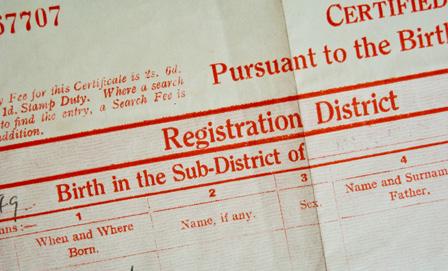
2 minute read
Social Protection
Babies and toddlers’ growing brains are shaped by experiences – whether good or bad. Adverse early experiences like abuse and neglect can cause “toxic stress,” which disrupts the brain’s architecture and increases the likelihood of developmental delays and health problems.53
Around the world, millions of young children need protection from violence, abuse and neglect. Threats to child protection are particularly high in vulnerable populations, including those suffering from displacement, marginalisation or poverty. The long-term impacts of toxic stress are transferred down generations, which means interventions can be needed to break that cycle. The measures outlined in this section should be accompanied with social protection policies to help the most vulnerable families. Cash transfer programmes, for example, can help to meet families' nutritional, health and educational needs, while bringing in additional services like parent coaching. Globally, two out of three children are not covered by any form of social protection.54
16 Photo: Courtesy of Ministério da Cidadania, Brazil
Registration efforts should be integrated into the health sector’s newborn care. (p. 9)
Mandatory birth registration
WHY IT MATTERS: Birth registration is often required to access vital services for families, but one in four children under 5 worldwide were not registered at birth.55
WHAT TO DO: Governments should encourage registration by ensuring families deliver in certified health facilities, where they can require all births are registered, and promoting it through other contact points like parent coaching. Steps should also be taken to simplify the process, such as by digitising records, and increasing access to birth registration and services to children born of migrants or other marginalised groups.
EXAMPLE: In South Africa, birth registration surged from 25% to 95% from 1991 to 2012. The successful measures included increasing access to health facilities in rural areas, creating incentives for parents and launching outreach programmes to isolated communities.56
SDG 16.2 End abuse, exploitation, trafficking and all forms of violence and torture against children.
16.9 By 2030, provide legal identity for all, including birth registration.

Child protection
WHY IT MATTERS: Child abuse and neglect from parents and other caregivers during early childhood has life-long physical, intellectual and psychological repercussions.
WHAT TO DO: Governments need to create systems for reporting abuse, strengthen child protection laws and regulate institutions like childcare centres. Behaviour change interventions should be used to help parents improve behaviours, such as by giving fathers parenting courses,57 while safeguards must exist to place children who need protection in alternative care.
EXAMPLE: In Montenegro, violence against children was banned in all settings in 2016, and the government has been strengthening implementation through a public information campaign and national child abuse helpline.58
End institutionalisation
WHY IT MATTERS: Orphanages hamper children’s social, emotional and cognitive development,59 yet millions still live in institutionalised care.
WHAT TO DO: Policymakers should carefully manage the closure of institutions, reintegrating children with family members or foster families, while strengthening social supports at the community level. By bolstering family support systems, they should work to prevent family separation in the first place. The vast majority of orphans have at least one living parent.
EXAMPLE: In Romania, where more than 100,000 children lived in institutions in 1998,60 a national deinstitutionalisation strategy has included investing heavily in social workers, building alternative care services and bolstering support for local authorities.61









